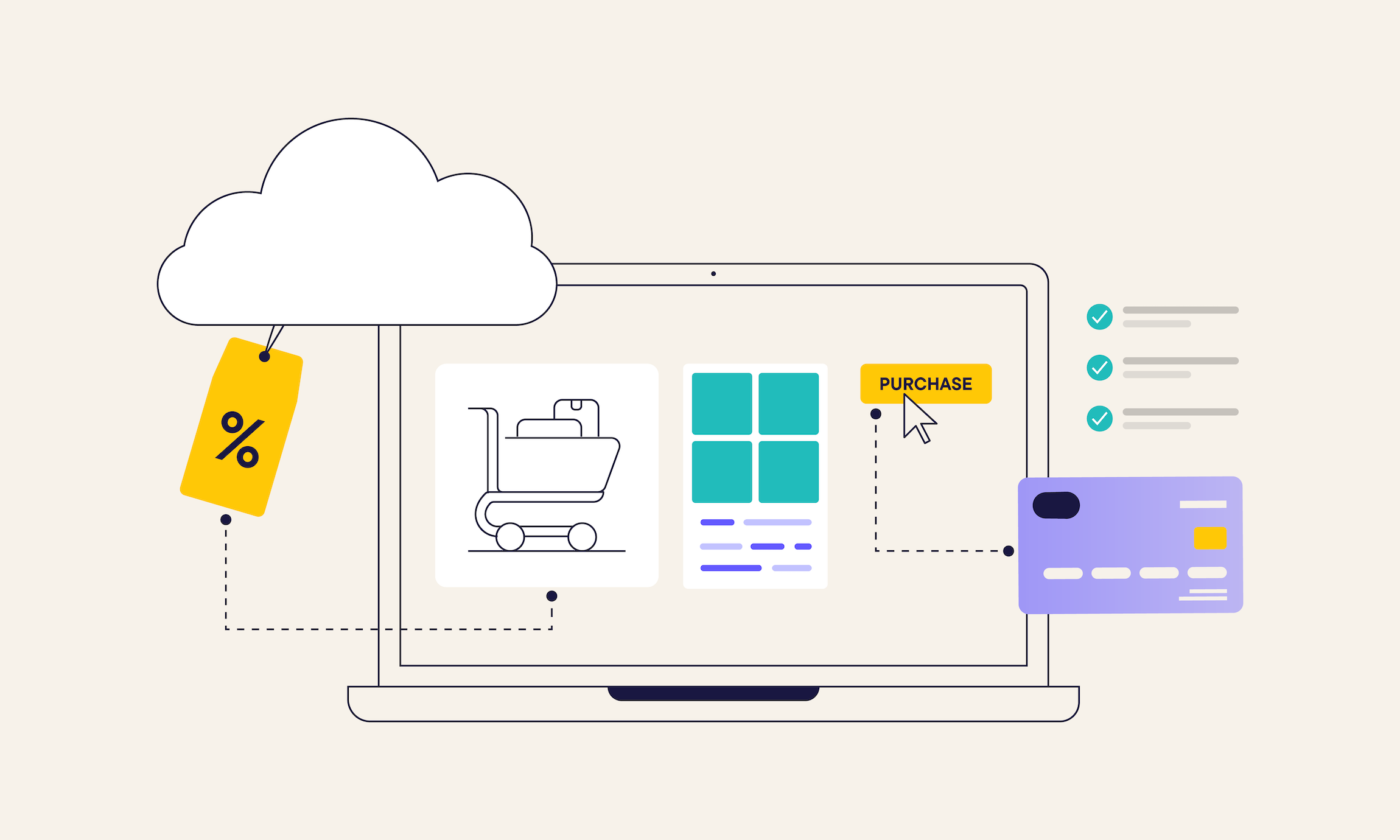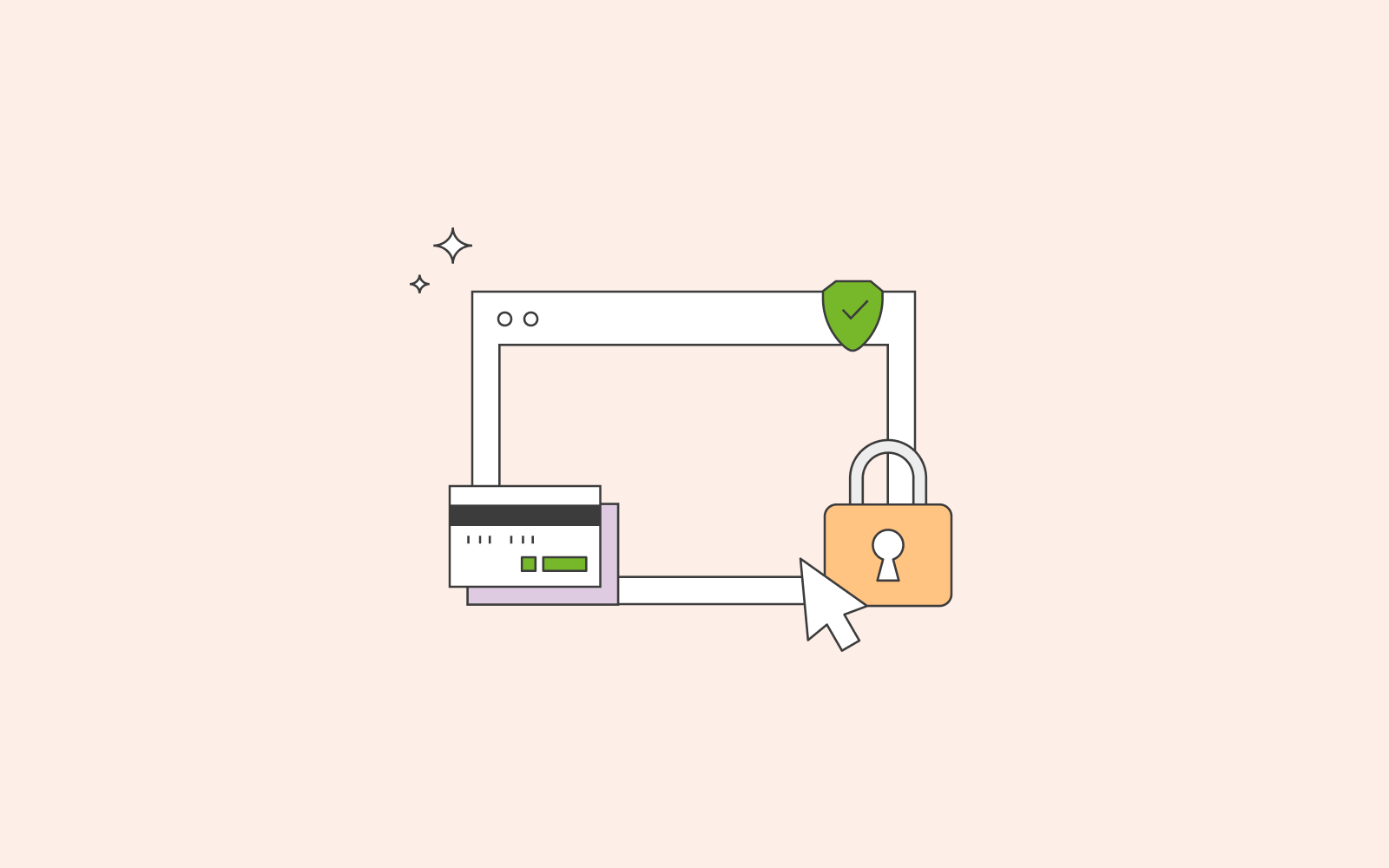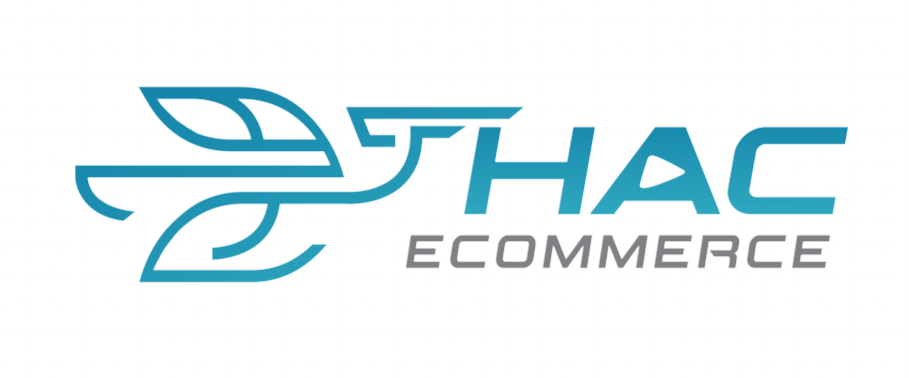What Is Checkout? Everything You Need to Know About the Payment Process. In the fast-paced world of e-commerce, the “checkout moment” on a website can make or break a sale. The checkout experience is not just the final step—it’s a crucial gateway that retains customers and turns virtual carts into real revenue. A seamless checkout process—fluid, lightning-fast, and crystal clear—is the key to maximising conversion rates, reducing cart abandonment, and building lasting brand trust. So, what exactly is checkout, and how can businesses refine this process to perfection and drive exceptional results?

1. What Is Checkout?
In online shopping, checkout is the final stop on the customer journey—a point where they officially commit to buying the items they’ve selected. This stage gathers all the essential information: order summary, reliable delivery address, flexible payment options, and finally, the confirmation of a successful transaction.
While in physical stores, checkout often involves waiting in line at a cashier counter, the digital counterpart happens quietly on websites, mobile apps, or even via chat windows. Checkout acts as a pivotal bridge connecting the potential of a filled shopping cart with the reality of completed purchases. It plays a vital role in shaping the customer’s overall shopping experience.
2. What Does the Checkout Process Include?
A standard checkout process typically includes four main steps:
Step 1: Review Shopping Cart
Users review the items in their cart, including:
- Product names and quantities
- Prices and any applied promotions
- Total cost (including shipping, taxes, and fees)
This is the decision point—whether the customer proceeds or abandons the purchase. A confusing or unclear cart can lead to immediate drop-offs.
Step 2: Enter Shipping Information
Customers provide details such as:
- Full name of the recipient
- Contact number
- Accurate delivery address
- Optional notes (e.g., deliver in the morning, avoid calling during work hours)
Innovative checkout systems offer features like saved addresses, autofill, or Google Maps integration for ease of use.
Step 3: Choose Delivery & Payment Options
Customers select their preferences for:
- Shipping provider
- Delivery speed (standard, express, same day)
- Payment method: This is where customers choose how they’d like to pay (credit/debit card, digital wallet, cash on delivery, etc.). Online payment methods deduct the amount automatically once the order is confirmed.
Optimising the UX/UI at this stage is crucial. A poorly designed layout or unclear options can confuse users and lead to drop-offs.
Step 4: Confirm & Complete Order
After a final review, the customer clicks “Place Order.” The system will then:
- Send a confirmation via email or SMS
- Forward order details to fulfilment systems
- Display a thank-you page, often with upselling or referral prompts
3. Common Types of Checkout

1. One-Page Checkout
- The entire checkout process is displayed on a single screen.
- Pros: Fast, streamlined, reduces cart abandonment.
- Best for small websites with limited product ranges.
2. Multi-Step Checkout
- The process is divided into stages (Cart → Address → Payment, etc.).
- Pros: Easy to follow, looks more professional, offers flexibility.
- Ideal for e-commerce platforms or businesses with more complex operations.
3. Guest Checkout
- Customers can complete purchases without creating an account.
- Boosts completion rates, especially for first-time buyers.
4. Why Do Customers Abandon Their Carts at Checkout?
According to Baymard Institute, nearly 70% of shopping carts are abandoned before the final payment. Common reasons include:
- A complicated checkout process with too many steps
- Mobile-unfriendly interfaces
- Unexpected extra costs (shipping, tax, hidden fees)
- Lack of preferred payment methods
- Mandatory account creation
These insights emphasise the importance of an optimised checkout flow to improve conversion rates.
5. How to Optimise the Checkout Process
To enhance the performance of your checkout process, consider implementing these strategies:
- Reduce the number of steps: Streamline the experience by offering a one-page layout or a continuous scroll.
- Allow guest checkout: Remove the barrier of forced registration for new users.
- Transparent pricing clearly displays all fees—shipping, taxes, additional charges—from the start.
- Offer multiple payment options: Include COD, e-wallets, bank transfers, QR payments, and instalment plans.
- Mobile optimisation: Ensure a smooth checkout experience across all devices, especially smartphones.
- Build trust: Display security badges (SSL certificates, bank logos, data protection seals).
- Use smart upselling: Turn the confirmation page into an opportunity to recommend related products.

6. Checkout Is Not the End—It’s the Beginning
Checkout is not merely the conclusion of a purchase; it marks the Beginning of post-purchase experiences, where customers evaluate service, share feedback, and decide whether to return.
An effective checkout system should be well-integrated with:
- Inventory management
- Order fulfilment logistics
- Customer support systems
- Marketing automation (email, remarketing, etc.)
Conclusion
In the age of booming e-commerce, checkout is no longer just a payment step—it has become a strategic “golden touchpoint” in crafting a seamless customer journey. Businesses that recognise the power of an innovative, frictionless checkout process deliver a delightful experience, strengthen brand loyalty, and create a sustainable competitive edge.
Eliminate the risk of customer churn caused by clunky, frustrating payment procedures. Instead, breathe life into your checkout flow. Make it a memorable part of the shopping journey—simple as a tap, fast as a click, and secure as a promise. An optimised checkout is more than a step—it’s a statement of professionalism and commitment to customer satisfaction.
Additionally, Hac Ecommerce offers a range of comprehensive services designed to support and empower businesses operating in the POD (Print on Demand) industry. These services include fulfillment solutions, payment account rentals, and design cloning, all of which are tailored to meet the unique needs of entrepreneurs in this niche.


